
Poseidon God of The Sea Bronzed Sculpture Figurine Figure Statue Artwork Bronzhaus
The Artemision Bronze (often called the God from the Sea) is an ancient Greek sculpture that was recovered from the sea off Cape Artemision, in northern Euboea, Greece. According to most scholars, the bronze represents Zeus, [1] [2] the thunder-god and king of gods, though it has also been suggested it might represent Poseidon.

GREECE CHANNEL Poseidon of Artemision, 5th C. BC bronze, National Museum, Athens http
Poseidon ( / pəˈsaɪdən, pɒ -, poʊ -/; [1] Greek: Ποσειδῶν) is one of the Twelve Olympians in ancient Greek religion and mythology, presiding over the sea, storms, earthquakes and horses. [2] He was the protector of seafarers and the guardian of many Hellenic cities and colonies.

King Neptune, (Neptune), god of the sea Neptune statue, Poseidon statue, Poseidon
The sculpture of ancient Greece from 800 to 300 BCE took inspiration from Egyptian and Near Eastern monumental art, and evolved into a uniquely Greek vision of the art form.
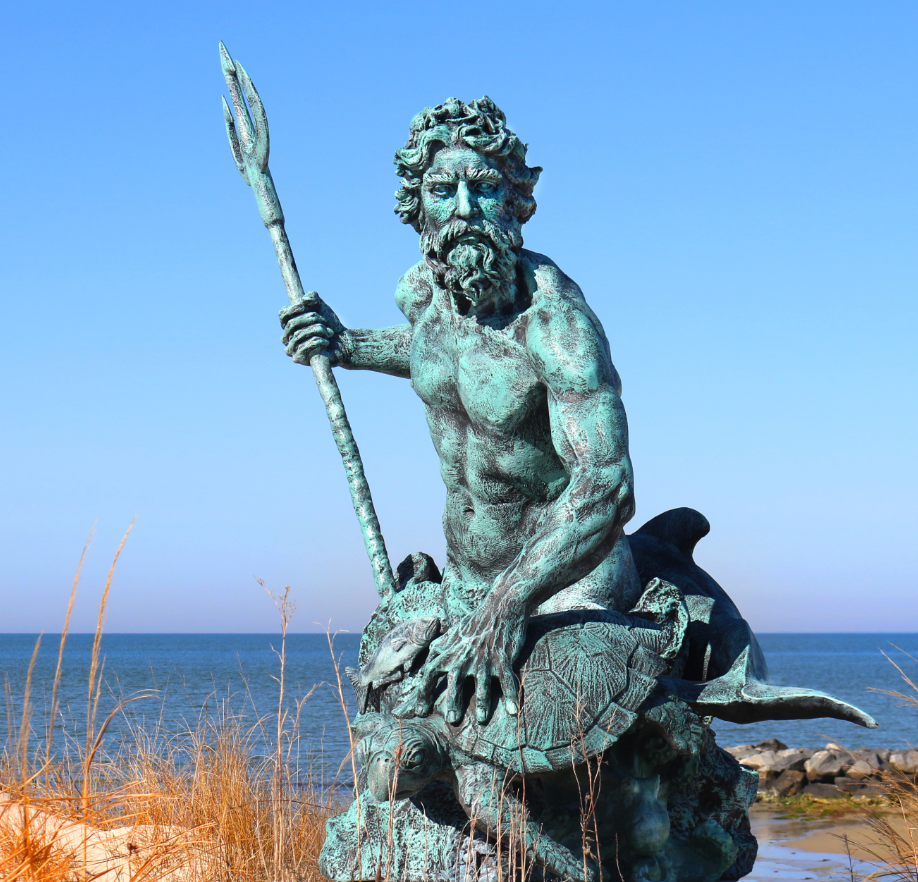
poseidon sculpture Aongking Sculpture Poseidon sculpture
Poseidon was the Greek god of the sea and rivers, creator of storms and floods, and the bringer of earthquakes and destruction. He was perhaps the most disruptive of all the ancient gods but he was not always a negative force. He was a protector to mariners and, as a tamer of horses, the patron of that animal and horse breeding.
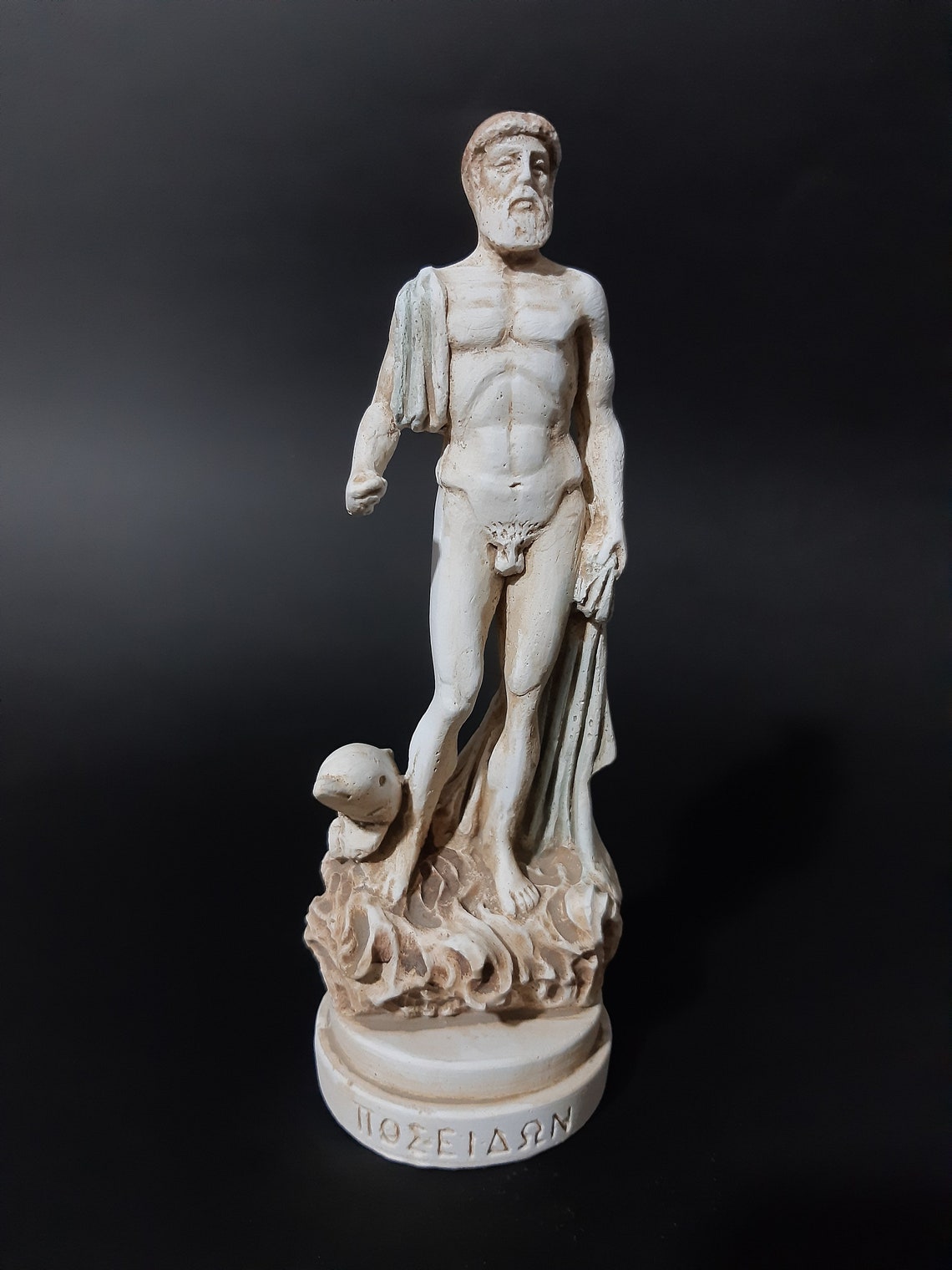
Poseidon Statue Greek Mythology God Plaster Sculpture Etsy
Greek early 5th century BCE On view at The Met Fifth Avenue in Gallery 156 This mature bearded figure must represent either Zeus, the god of the sky and ruler of the Olympian deities, or his brother Poseidon, who controlled the seas. The identity would have been clear from the attribute that was originally held in the right hand.

Pin on Poseidón
Zeus of Artemision (also called Poseidon) Artist / Origin: Unknown Artist, Greece Region: Europe Date: ca. 460 BCE Period: 500 BCE - 1 CE Material: Bronze Medium: Sculpture Dimensions: H: approx. 7 ft. (2.1 m.) Location: National Archaeological Museum, Athens, Greece Credit: Courtesy of Vanni / Art Resource, NY

Greek bronze statue of Zeus or Poseidon 450 BC Athens National Arcjaeological Museum
The monumental structure, which is over 35 meters (115 feet) wide and 33 meters deep, was created during the reign of Greek King Eumenes II. The Pergamon Altar in the Pergamon Museum, Berlin. Credit: Raimond Spekking /Wikimedia Commons/ CC BY-SA 4.0
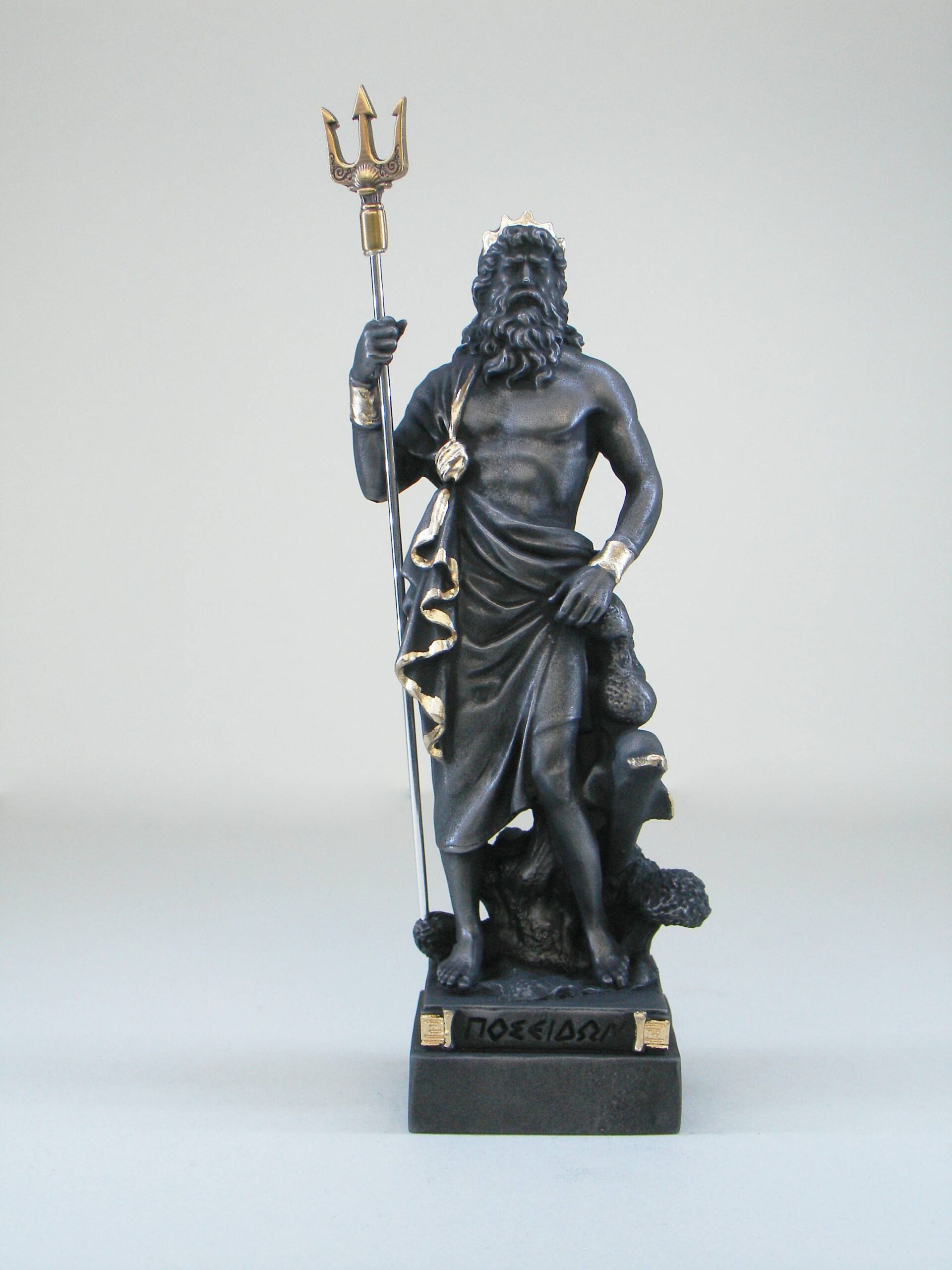
Poseidon statue Greek God made of Alabaster
Video. by Smarthistory, Art History at Khan Academy. published on 25 March 2014. Artemision Zeus or Poseidon, c. 460 B.C.E., bronze, 2.09 m high, Early Classical (Severe Style), recovered from a shipwreck off Cape Artemision, Greece (National Archaeological Museum, Athens) Speakers: Dr. Beth Harris and Dr. Steven Zucker. Remove Ads.

Poseidon statue Greek God made of Alabaster
About Transcript Artemision Zeus or Poseidon, c. 460 B.C.E., bronze, 2.09 m high, Early Classical (Severe Style), recovered from a shipwreck off Cape Artemision, Greece in 1928 (National Archaeological Museum, Athens) Speakers: Dr. Beth Harris and Dr. Steven Zucker. Created by Steven Zucker and Beth Harris. Questions Tips & Thanks
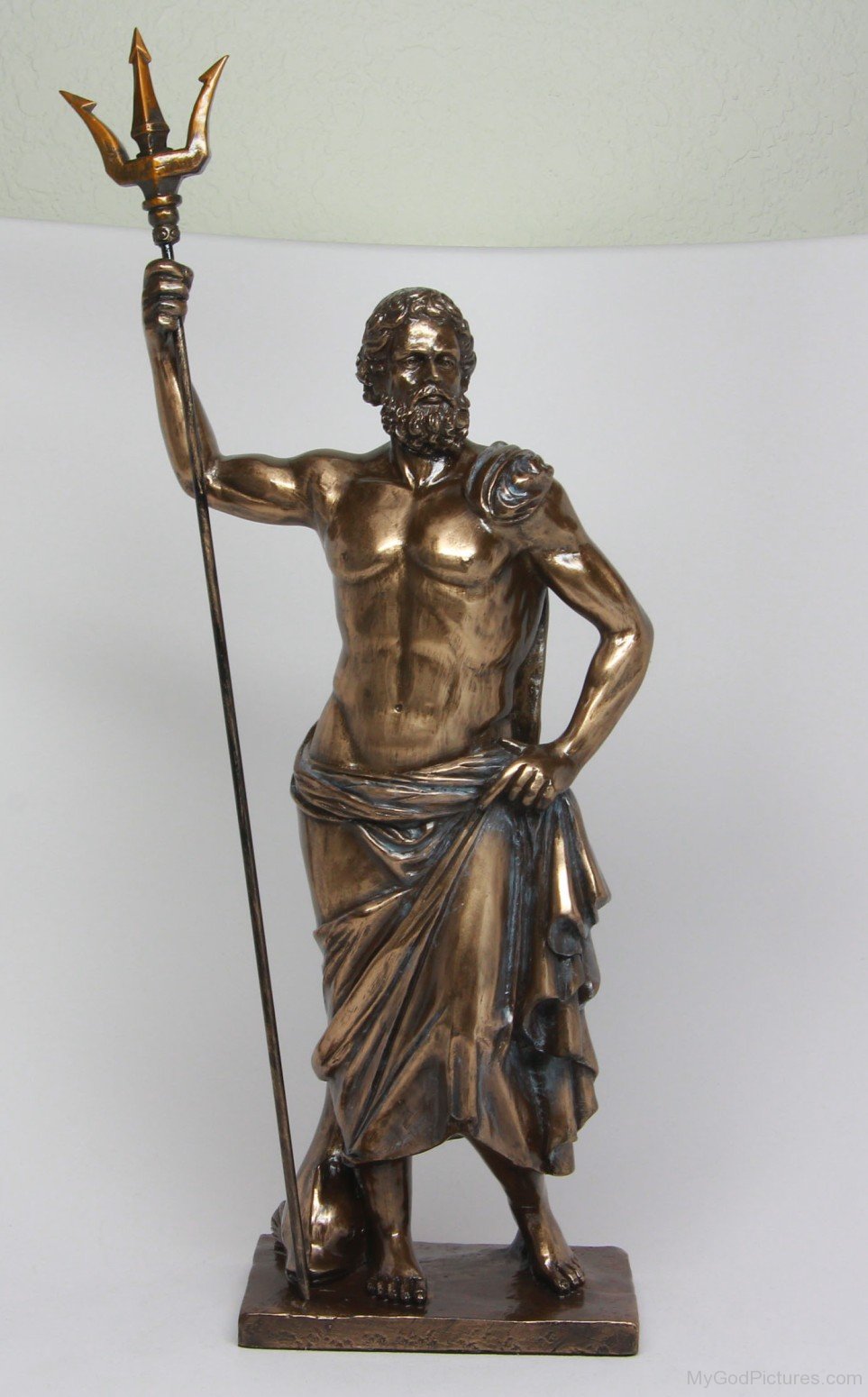
Lord Poseidon God Pictures
Poseidon is the first modern Greek sculpture to be placed on public grounds in Washington, D.C. And it is one of 25 outdoor sculptures on the Foggy Bottom campus. Valued at $90,000, the gift from the George Zongolopoulos Foundation is the result of more than three years of discussions and negotiations between Mr. Stathopoulos, the George.

Bronze statue of Zeus or Poseidon. Bronze. Ca. 460 BCE. Inv. No. X 15161. Athens, National
They often represented royalty as gods, but the identity of the ruler depicted in this famous MFAH head of Poseidon was a mystery--until the museum acquired an ancient silver coin. The statues were focal points of temples and important public places, and they served as models and inspiration for the classical sculptures known today.
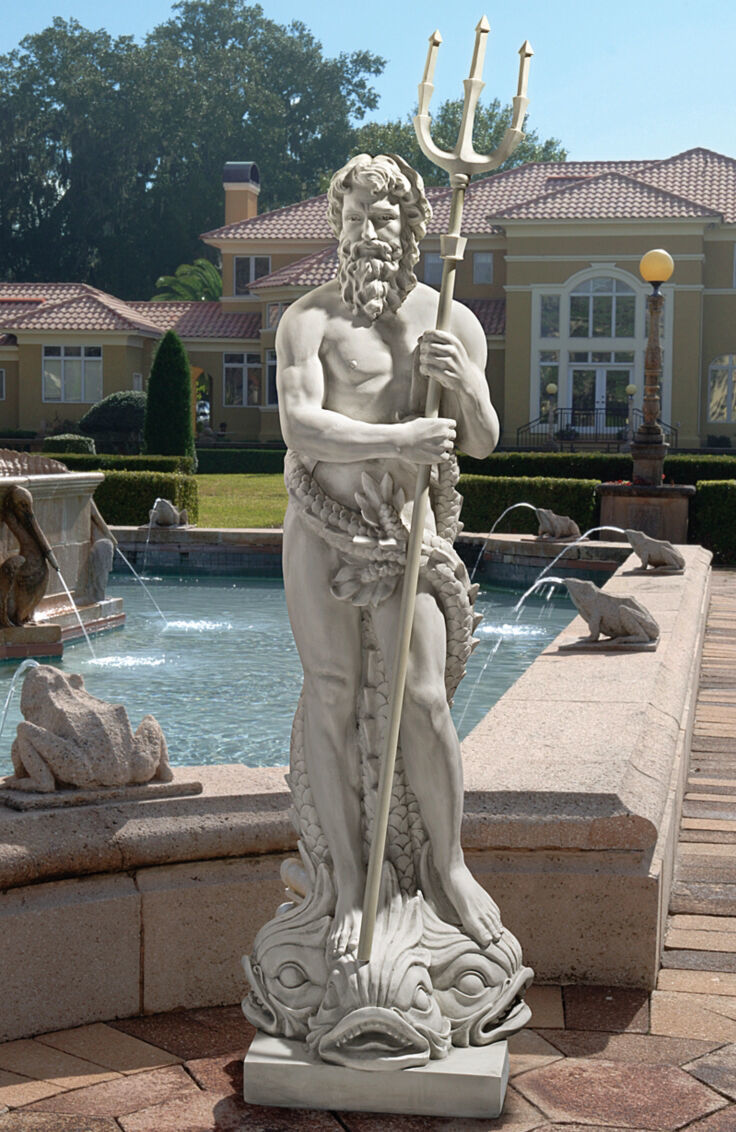
62" Poseidon Neptune Greek Roman God of the Sea Sculpture Statue replica Art Sculptures
One of the rarest bronze works preserved is the statue of Zeus or Poseidon that was retrieved from the seabed off Cape Artemision on Euboea and depicted either Zeus holding the thunderbolt or Poseidon carrying his trident (no X15161, Room 15).

Veronese Design Greek God Poseidon Standing Over Crashing Waves Statue Amazon.co.uk Kitchen & Home
The Greek Gods. Polytheistic Greek religion encompassed a myriad of gods, each representing a certain facet of the human condition, and even abstract ideas such as justice and wisdom could have their own personification. The most important gods, though, were the Olympian gods led by Zeus. These were Athena, Apollo, Poseidon, Hermes, Hera.
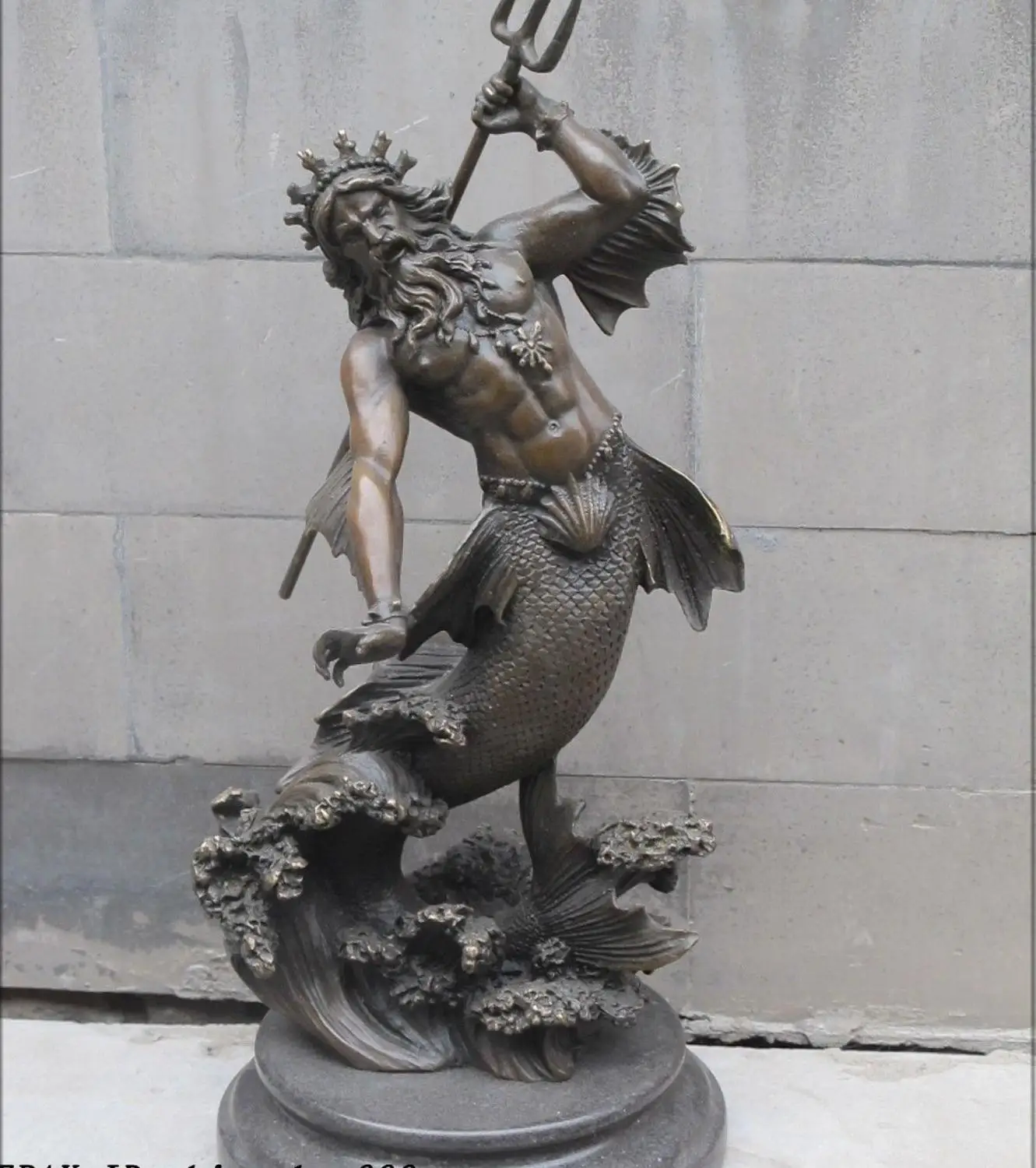
14"Greco ART Greek mythology Bronze STATUE SEA King Poseidon Sculpturein Statues & Sculptures
The Ancient Greeks produced many artistic masterpieces, especially in sculpture. Many have survived down to the modern age. Most of the world's leading museums have some examples of Hellenic sculpture. The iconic Artemision Bronze is one of the most famous surviving pieces of Greco-Roman art—and it has a fascinating story.

Bronze Statue of the Greek God Poseidon on an Isolated White Background. 3d Illustration Stock
The most common interpretation of Medusa suggests she is an apotropaic symbol used to protect from and ward off the negative, much like the modern evil eye. She represents a dangerous threat meant to deter other dangerous threats, an image of evil to repel evil.

Poseidon God Statue Wall Mask Ancient Greek Sculpture 20cm agrohort.ipb.ac.id
The Poseidon of Melos ( Ancient Greek: Ποσειδῶν τῆς Μήλου) is a statue of Poseidon in the National Archaeological Museum, Athens (NAMA), with an inventory number 235, which is dated to the last quarter of the second century BC. It is believed to date to the Hellenistic Period. The statue was found in 1877 on the island of Melos.